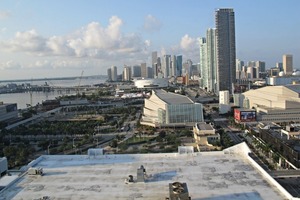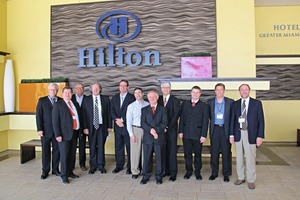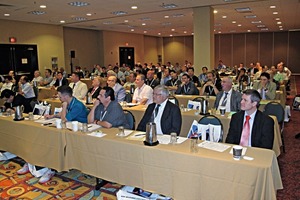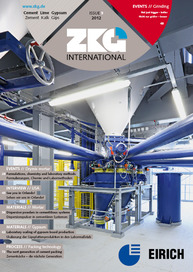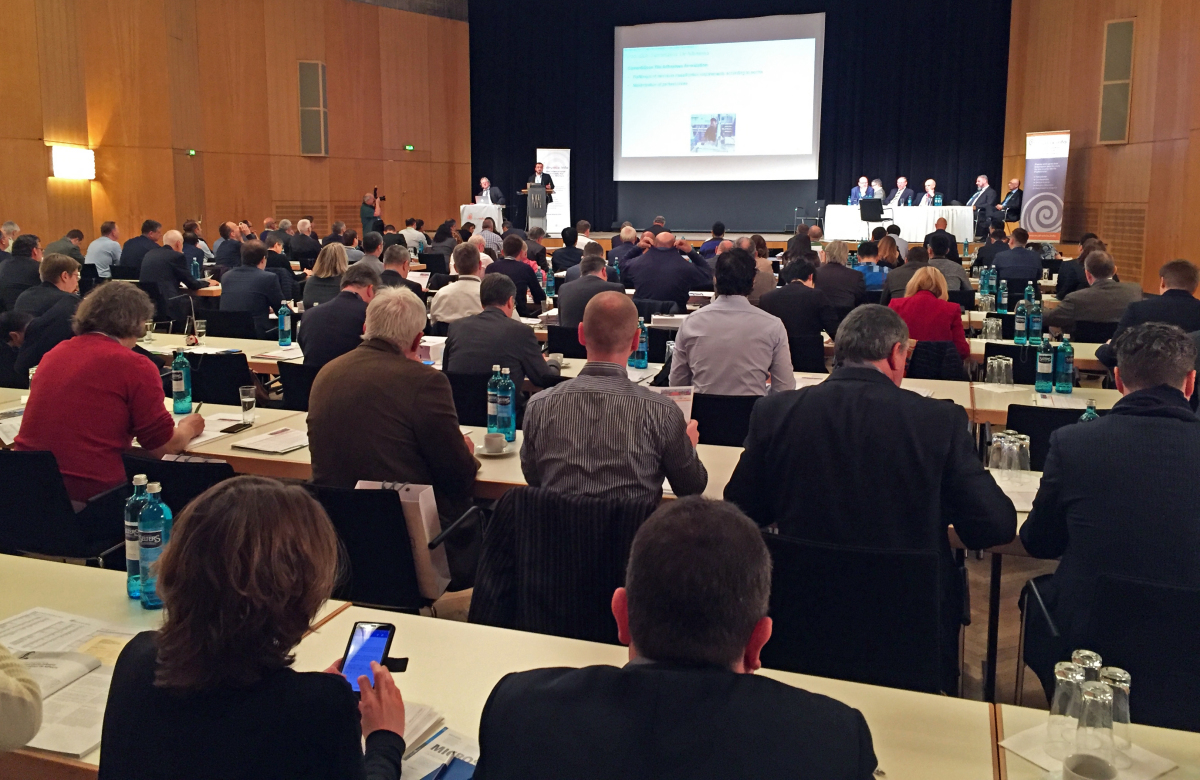Formulations, chemistry and laboratory methods
For the evening welcome event at the Hilton’s Miami Downtown rooftop pool on May 7th, the majority of delegates were already present resulting in an advanced meet and greet, and subsequently led to some truly professional conversations circling around various drymix mortar topics in a relaxed environment.
On May 8th at 9.00 am the official conference began. The program contained technical lectures on the topics formulation, chemistry and laboratory methods (Fig. 2). Also the brand-new Drymix Mortar Yearbook 2012 was introduced for the occasion and was distributed to all participants.
Prof. Dr. Johann Plank (Technical Chairman of admmc three) and Ferdinand Leopolder (drymix.info) welcomed the delegates from North- and South-America and their international colleagues. The first speaker was James Fenn (Evonik) who spoke about controlling air pore size and -distribution as a means to optimize the surface quality of self-leveling underlayments (SLU). He was followed by Dr. Randy Bright (Laticrete International) with his lecture about the comparison of various rheological techniques with the ISO 13007-2 slip test. The last speaker of the first session was Patrick Rossiello (Dow Construction Chemicals). He replaced Linda-Kim Habermehl, who cancelled on short notice. He spoke about a total systems approach to maximize performance in self leveling flooring applications.
A coffee break took place in the foyer which the international delegates used as a podium for networking, professional discussions, and to view the industry showcase where many of the participating companies represented themselves.
After the break Dr. Robert Zurbriggen (Akzo Nobel Functional Chemicals) held his lecture about the role of tile adhesive and grout mortars to withstand daily and seasonal thermal cycles. He was followed by Dr. Neil McMurdie (Mapei) and his speech about the measurement of shear resistance and modulus of cementitious tile adhesives. Right before lunch Mr. Charles Alt (Kerneos) spoke about time stable reactivity for dry mix mortars.
The first afternoon session began with Dr. Hardy Herold (Wacker), who spoke about the challenges large tiles represent for tilers. Subsequently Ludo van Nes (Caltra) spoke about calcium sulpho aluminate and amorphous calcium aluminate representing a new cement technology. The session was closed by Dr. Michael Monz (Poraver North America) who presented a lecture on the use of glass-containing metakaolin as active filler in drymix mortars. He presented research results which were generated in cooperation with Martin-Luther University of Halle-Wittenberg/Germany.
After a break Ferdinand Leopolder (drymix.info) gave a first insight into the results of the Green Mortar Study 2012 which was generated with the support of the Karlsruhe Institute of Technology in Germany. The study will be published later this year. He was followed by Prof. Dr. Johann Plank (Technical University Munich), who spoke about the impact of moisture on shelf-life stability of drymix mortars (Fig. 3).
After the lecturing program Ferdinand Leopolder gave a wrap up of the conference plus an outlook for the next one. The next bi-annual American Drymix Mortar Conference will take place in April 2014 in Atlanta, GA.
www.drymix.info

